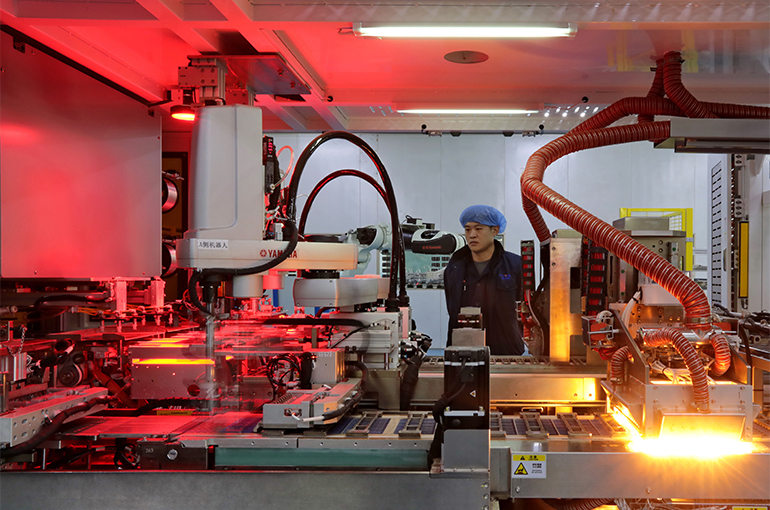 Beijing-Tianjin-Hebei’s Economic Growth Has Lost Steam, Report Says
Beijing-Tianjin-Hebei’s Economic Growth Has Lost Steam, Report Says(Yicai) Jan. 5 -- Economic growth in the Beijing-Tianjin-Hebei region, one of China's three economic powerhouses, is slowing due to a lack of momentum in its industrial sector, according to a recent report by the Beijing University of Technology and the Social Science Academic Press China.
Between 2010 and 2022, industrial value added made up more than a fifth of the total output of China's eastern Yangtze River Delta region. In comparison, for the Beijing-Tianjin-Hebei region it fell to 6.3 percent from 7.8 percent.
Between 2013 and 2021, the Yangtze River Delta region, which has cities such as Shanghai, Suzhou, and Hangzhou, ranked as China's No. 1 manufacturing hub, with 1.4 million manufacturers as of 2021. The figure was nearly double that of the Pearl River Delta region and more than three times that of the Beijing-Tianjin-Hebei region.
Meanwhile, the Yangtze River Delta and the Pearl River Delta regions had 8.7 million and 7.6 million people working in the manufacturing sector, respectively, much more than the northern hub's 1.9 million.
However, manufacturers in the Pearl River Delta region, known for cities such as Guangzhou, Shenzhen, and Foshan, were leading the way to more advanced technologies as they started to own more patents. Shenzhen and Dongguan were China's top two municipalities for high-tech manufacturing firms in 2021.
Still, the Beijing-Tianjin-Hebei region has advantages in terms of manufacturing specializations. It had companies in 19 advantageous manufacturing industries compared with its eastern counterpart's 14 and in particular, its raw materials and resources processing industry was highly specialized.
Moreover, the report shows an interesting labor force trend. Workers across China have been moving into the service sector, such as express parcel delivery work, in the past decade. The northern hub already had many more such intermediary workers serving businesses than blue-collar workers in 2013 but the same trend spread to the eastern city cluster by 2021.
Editors: Shi Yi, Emmi Laine